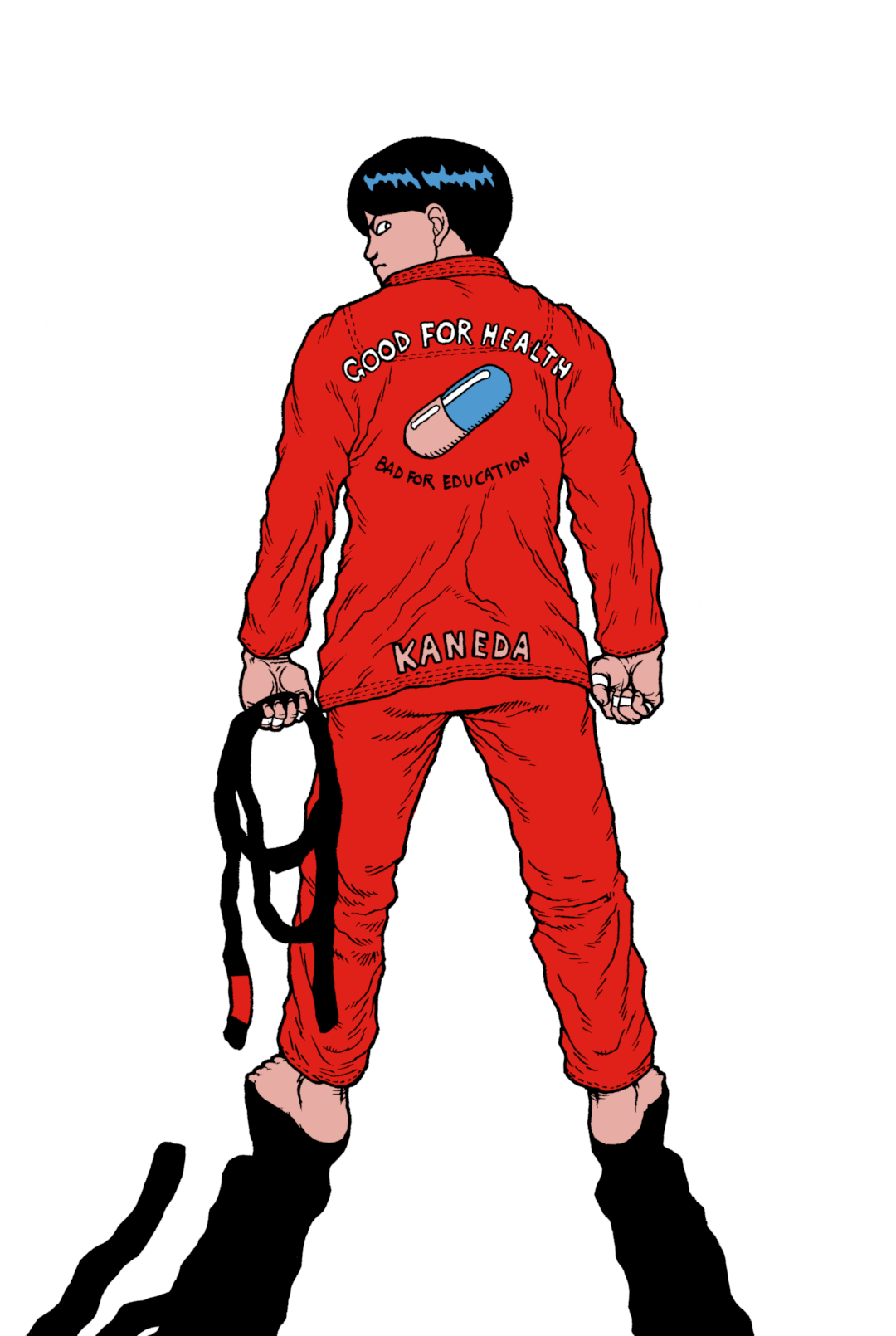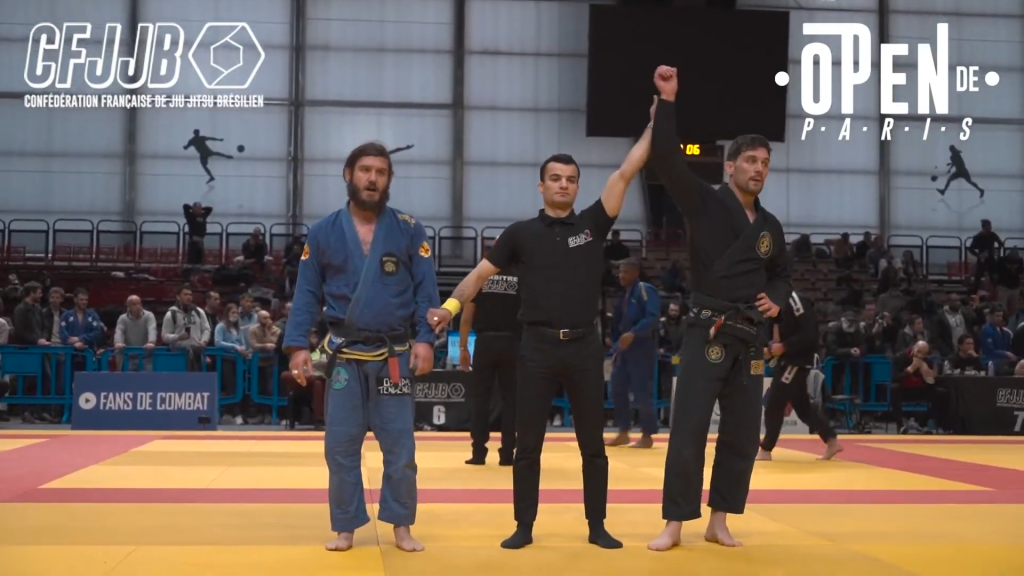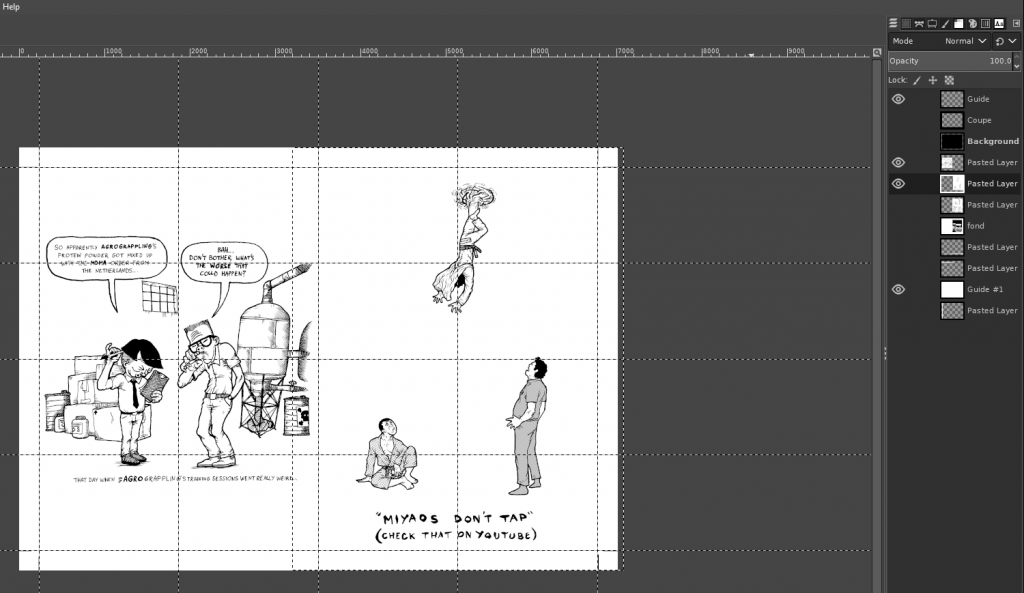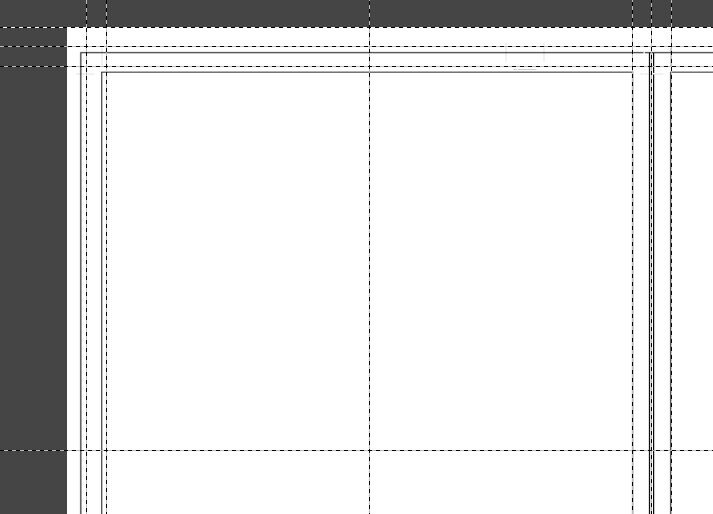Allow me to present you a slightly different take on the overused and classic «BJJ saved my life, bro* !» Motto. (the “bro” is optional, bro).
My first consuming hobby has been drawing, and so, naturally, in my early twenties I tried to get something going on with my art. I did some commissioned work, some fantasy & sci-fi illustrations in the RPG field, and also some bands artworks, but I never managed to get the ball really rolling. This led me to little by little lose faith and motivation, and in consequence to slow down to an almost complete halt my drawing.

Furthermore, the pressure I felt trying« to make it» professionally was taking out all the fun away from the act of drawing. Feeling like each illustration needed to be my defining masterpiece brought too much stress into the process, and always ending up disappointed with the results took its toll. I also realized that I wasn’t able to conjure any real creativity in my art. My main visual influences came from the comics, the medieval fantasy and the sci-fi universes often explored in the role playing and tabletop games, and of course also the metal albums covers, so I tried to inject all of this material into my art, but everything I produced always felt so lame and cringe… It was just the talentless and uninspired regurgitation of the same old warriors and robots, the same old skulls, the same old masked vigilantes…

Fast-forward 29 and I had almost abandoned drawing and painting, just barely scribbling on some rare occasions. It was at this time that I encountered Brazilian Jiu-jitsu, and as most practitioners, became immediately hooked, I went to training 5 times the first week. It turned into a complete obsession for a few years. Every second of my free time, every conscious thought, was dedicated to this burning new passion. The addiction finally dialed down a bit during my brown belt days, after about 8 years of intense practice. I now consider my relation to BJJ to be a healthy one : I train 2–3 times a week, teach some classes, and still love to compete a few times a year.

It’s when I became in charge of organizing the monthly open mats at my BJJ club in Paris a few years back that those crazy NYHC flyers I saw in fanzines in my late teens crept up to my mind ! Something clicked right away : wouldn’t it be fun to do some cool flyers for those open mats by mixing those passions of mine ? Maybe I could transpose this punk-HxC-metal energy I loved so much into the BJJ realm ! It seemed fresh and new, and at the time I had never seen such a combination.
High with excitement, I started drawing again with a first obsessive image : Kaneda from Akira in its classic iconic pose, but wearing in a BJJ GI !

Next came the Flying Khabibs :

And after that, the They Live BJJ mashup:

I since did a lot of other BJJ related artworks and mini-comics, and the ideas started to flow non-stop, so much that I couldn’t even keep up, and in the end I wasn’t able to draw all of them. When COVID hit, I found myself with a lot of free time, and decided to produce a risograph collection of the BJJ comics and illustrations I had done, I also produced a free .pdf zine about stretching amongst other things.

It came to me after a while that I was able to tap into this new creative flow almost at will, and not only for my BJJ related illustrations, but for any other project. I am now almost burdened with so many ideas for comics and illustrations that I will never be able to draw them all in my remaining lifetime.
Another crucial thing I learned from practicing BJJ that I was able to incorporate into my drawing came from competing. I competed a lot since white belt, and after a few years of frustrating losses and fulfilling wins, I realized that the mindset one has to embrace to be able to overcome losing also translates very well for any creative endeavor.

The fear of messing up an illustration even before starting it petrified me. I would often redraw them countless times at the first sight of a mistake because I felt that I needed to produce my Mona Lisa tight here and now, with each new illustration. So, I started again and again from scratch at the first little minor inconvenience, hoping to produce a better version with each new iteration. Instead, came loss of interest and excitement for the subject, which of course led to worst results further down the line… Down until a final illustration was painfully excreted, devoid of any spontaneity, leaving me frustrated and discouraged.
When you compete in BJJ, especially if you’re not a professional, you’re soon slapped in the face with the realization that you are bound to lose at some point. It’s just part of the game. Me, I quickly realized and internalized that I wasn’t going to be the next BJ Penn, let alone a world champion. Even when training 5 times a week, I was still just a hobbyist comparing to others, and I’m at peace with that. Still, this hasn’t prevented me from having some great performances, some of which I am very proud of… Sometimes scoring some surprising upsets, and some even being losses where I gave it all, took no shortcuts, and searched for no excuses afterwards for once.
When shit happens in a BJJ match, the important thing is to not give up. Due to the nature of the rules of this martial art, even if you’re being steamrolled 30-0, the hope of catching the opponent with a submission to end up the winner always remain. It’s crucial to stay calm, assess the present situation, and find ways to improve it. At one point I came to the realization that the same goes for drawing : an ink stain, an error in anatomy or perspective… You can’t just take the easy way out and discard the illustration. You have to work with the reality of the situation and have got to find a way to make it work !
Instead of trying to be the best amongst others, I understand now I have to focus on being the best I can be. Even if this match I just lost isn’t my greatest performance, I can still use it as a learning tool for the next one. Same goes for my art production : this particular illustration I’m working on may not be perfect, but I now realize it’s just a step for the next one. My Mona Lisa is still waiting patiently for me somewhere down the line. By applying this mentality I learned thanks to BJJ competition to my art, I am now able to look past the imperfections of the situation and focus on finishing it. Done is better than perfect, always, and there will be another one after that, and another one after…
Thinking back, it really feels to me that BJJ unlocked something in my mind regarding creativity. The tap is now open, and I am able to drink from this source at will for my art. I wouldn’t be where I am right now with my creativity without BJJ, so…
BJJ did save my art… Bro !
For those interested in reading more about the creativity process, you’ll find more blog posts about it : here and here.
“Oss” as we say in this business of ours of breaking joints and choking people!














